Street food is one of the most exciting and accessible ways to experience the culture and flavors of a country. Food lovers continue to flock to destinations that offer unique and authentic street food experiences. As street food culture thrives worldwide, the digital age introduces new entertainment formats, including online casinos. These platforms provide food lovers and travelers an alternative form of entertainment when they are resting after a day of exploration or when they are in transit.
The synergy between experiencing local food and engaging in online entertainment adds another layer to how travelers enjoy their downtime, making it easier to access fun, interactive games no matter where they are. For example, after tasting the fiery spices of Mumbai’s vada pav or savouring freshly grilled kebabs in Istanbul, travelers can unwind by playing their favorite online casino games on platforms like norskcasino.io from their smartphones or tablets. This blend of culinary adventure and digital leisure reflects modern lifestyle choices where food culture and online casinos complement each other seamlessly.
Moreover, street food tourism has become increasingly digital, with travelers using social media and food apps to discover hidden culinary gems in real-time. This hyper-connected approach not only enhances the food-hunting experience but also ties seamlessly into the growing trend of mobile entertainment, such as iGaming. In many popular food cities, you’ll find travelers snapping food photos one moment and enjoying online casino games at their guesthouse the next. The integration of food discovery and digital leisure helps create a well-rounded travel experience. Whether you’re indulging in spicy satay on the streets of Jakarta or trying tacos in Mexico City, today’s travelers can stay connected and entertained at every turn.
Italy
Italy’s street food offerings focus on simple yet flavourful dishes that highlight fresh ingredients. Popular items include arancini, which are golden, crispy fried rice balls often filled with cheese, meat or peas and supplì, a Roman favorite made from risotto rice, tomato sauce and mozzarella. Another classic is the panzerotti, a deep-fried dough pocket usually stuffed with tomato and cheese, similar to a mini calzone. These handheld delights can be found in bustling markets, food trucks and coastal towns throughout the country.
Italy’s street food festivals, such as the Napoli Street Food Fest or Milano Food Week, draw thousands of foodies annually, showcasing regional specialties and emerging culinary trends in Europe. Beyond the staples, you’ll find unique local treats like lampredotto in Florence which is a savoury tripe sandwich served with green sauce and sfincione in Palermo, a thick Sicilian pizza topped with tomato, onions and breadcrumbs.
At seaside towns, vendors serve frittura di paranza, a cone of freshly fried small fish and seafood that’s perfect for eating on the go. In Venice, cicchetti small tapas-like snacks are commonly paired with a glass of local wine and enjoyed at traditional bars known as bàcari. These experiences create a strong link between Italy’s culinary heritage and its everyday life, where food is not just nourishment but also a social ritual. Whether you’re wandering through Rome’s Trastevere district or exploring a small-town market in Puglia, Italy’s street food culture offers a flavourful and deeply authentic way to connect with the country.
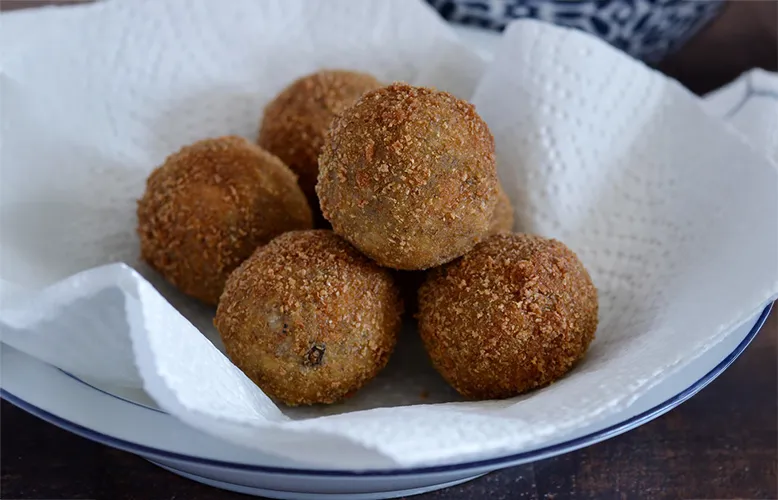
India
India remains one of the most vibrant countries for street food lovers, boasting a variety of regional specialties that reflect its cultural and geographic diversity. Iconic dishes include pani puri, hollow and crispy puris filled with spiced water, tamarind chutney and chickpeas, which are a staple across much of the country. Vada pav, often called Mumbai’s answer to the burger, features a spicy mashed potato patty dipped in gram flour batter, deep-fried and served inside a soft bun with chutneys. Another beloved favorite is chaat, a broad category of savoury snacks that blends crunchy textures with tangy, spicy flavors—found especially in markets across Delhi and Uttar Pradesh.
According to the Food and Agriculture Organization (FAO), India’s street food market is valued at over $50 billion, highlighting its vital role in both the local economy and daily culinary life. Influential chefs like Sanjeev Kapoor and Ranveer Brar have helped further popularize street food by showcasing these humble dishes in gourmet restaurants and television shows.
Street food culture in India is not just about affordability and convenience, it’s a way of life that brings communities together, especially during festivals and late-night gatherings. In Kolkata, locals enjoy puchka (Bengali-style pani puri) and jhal muri, a spicy puffed rice snack often mixed on-the-spot by vendors using family spice blends. Chennai offers southern delights like sundal (spiced chickpeas) and murukku, while Hyderabad is known for its spicy mirchi bajji and rich keema samosas. From busy railway stations to vibrant night markets, every corner of India tells a flavourful story through its street food. As global travel rebounds, India’s bustling food streets continue to attract culinary tourists seeking authenticity, variety and unforgettable taste.

Mexico
Mexico City is a treasure trove of street food, with iconic dishes drawing tourists and locals alike. Staples such as tacos al pastor i.e. marinated pork sliced from a vertical spit and nestled in soft corn tortillas are found on nearly every street corner. Elote, or grilled corn on the cob topped with mayonnaise, cheese, chili powder and lime, is another must-try that captures the essence of Mexican flavors fusion.
Sweet lovers flock to try churros, crispy fried dough pastries often filled with chocolate or caramel and dusted with cinnamon sugar. The city hosts over 1,000 street food vendors in markets such as Mercado de Coyoacán and Mercado Roma, underscoring its rich street food culture and culinary diversity.
Beyond Mexico City, regions like Oaxaca are famous for tlayudas which are large, crunchy tortillas topped with beans, cheese and meat. While Puebla offers specialties like chalupas and cemitas. In coastal cities such as Ensenada, you’ll find world-renowned fish tacos, often served with cabbage and a zesty crema. Mexican street food has even earned global recognition, with many vendors being featured in food documentaries and Michelin guides.
The vibrant flavors and accessible pricing make it a daily indulgence for residents and a cultural experience for tourists. As street food continues to evolve, new trends such as vegan tacos and gourmet tamales are also gaining popularity, further enhancing Mexico’s status as a global street food destination.
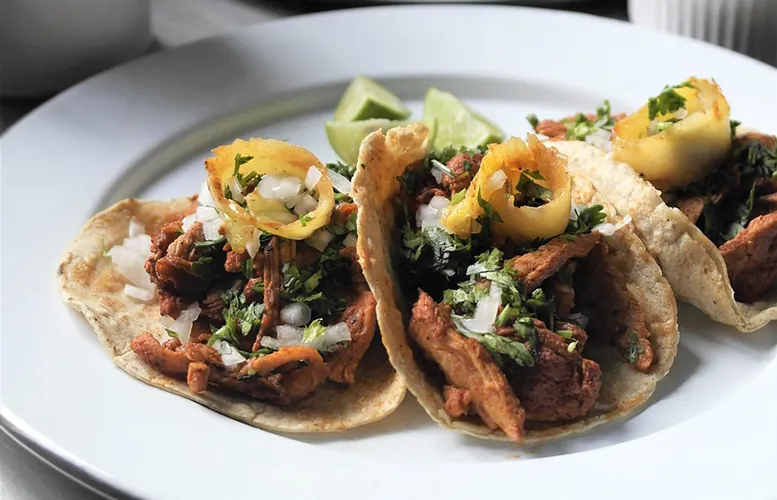
Japan
Japanese street food offers a delightful glimpse into the country’s rich culinary traditions, combining simplicity, freshness and bold flavors in bite-sized treats. From the bustling stalls of Tokyo’s Asakusa district to the vibrant night markets of Osaka, street vendors serve up an array of iconic dishes that captivate locals and tourists alike.
Takoyaki, one of the most beloved Japanese street foods, features crispy octopus-filled batter balls topped with tangy sauce, mayonnaise, bonito flakes and seaweed powder. Another staple is yakitori, skewered and grilled chicken pieces seasoned with savoury tare sauce or simply salted to perfection, often enjoyed alongside a cold drink.
For something sweet, taiyaki, a fish-shaped waffle filled with red bean paste or custard, offers a warm and comforting snack. Japanese street food reflects the country’s emphasis on quality ingredients and careful preparation, with many vendors following family recipes passed down through generations. Whether wandering through festive matsuri (festival) stalls or exploring local food markets, tasting these delicious offerings is an essential part of experiencing Japan’s dynamic street food culture.
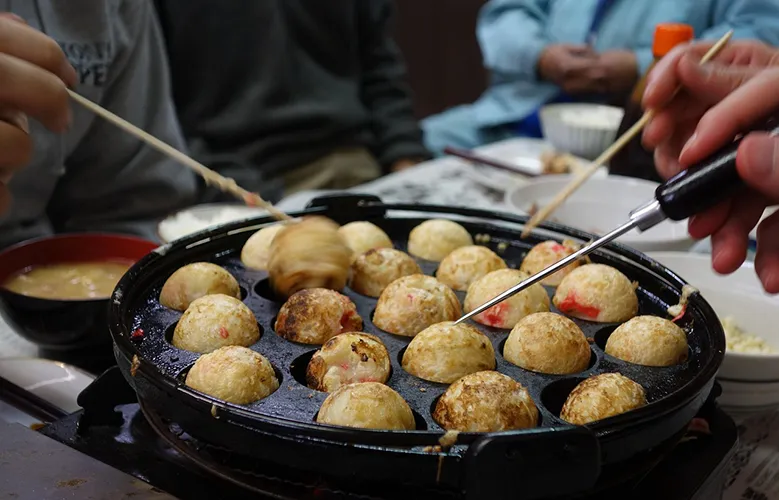
Thailand
Thailand’s street food scene is globally celebrated. Bangkok, in particular, is famous for its vibrant food markets and the astonishing variety of dishes available at nearly every corner. Signature offerings include Pad Thai, a flavourful mix of stir-fried rice noodles with shrimp, tofu, egg, peanuts and a squeeze of lime; Som Tum, a refreshing yet fiery green papaya salad that balances sweet, sour and spicy notes; and Mango Sticky Rice, a beloved dessert that pairs ripe mango slices with sticky rice soaked in rich coconut milk.
Thailand’s Ministry of Commerce estimates that over 30,000 street food vendors operate in Bangkok alone, highlighting the scale of this vibrant industry. Beyond Bangkok, cities like Chiang Mai are known for unique northern Thai specialties such as Khao Soi, a rich coconut curry noodle soup often topped with crispy noodles.
In Ayutthaya, visitors can try boat noodles, traditionally served from vendors paddling in canals, now found in bustling food courts. The night markets of Phuket and Krabi serve delights like grilled squid, roti with condensed milk and spicy sausage skewers, blending Thai flavors with regional flair. Thai street food has become so influential that it is often replicated in international food halls and restaurants around the world. With affordable prices, fast service and bold flavors, Thailand remains a top destination for adventurous eaters and street food aficionados alike.
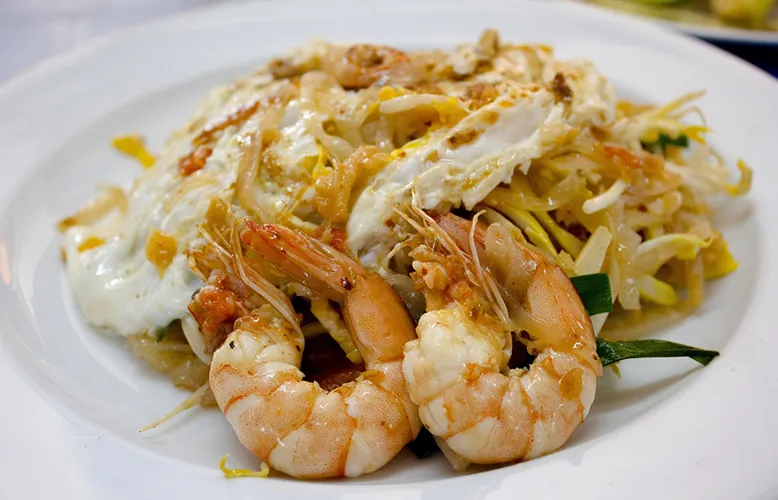
Vietnam
Vietnam’s street food is known for its fresh ingredients, balanced flavors and deep cultural roots. Hanoi and Ho Chi Minh City offer bustling street food scenes where locals and tourists gather around tiny plastic stools to savour flavourful meals served curbside. Must-try dishes include Phở, a comforting noodle soup made with aromatic broth, rice noodles and beef or chicken; Bánh Mì, a crispy French baguette filled with a fusion of Vietnamese meats, pickled vegetables and pâté; and Gỏi Cuốn, translucent fresh spring rolls packed with shrimp, herbs and vermicelli noodles.
Vietnam’s tourism board reports that street food tours in Ho Chi Minh City attract over 500,000 visitors annually, a testament to the country’s culinary appeal.
In Hue, visitors enjoy specialties like Bánh Bèo, steamed rice cakes topped with savoury dried shrimp and crispy shallots. The coastal city of Da Nang is famous for Mì Quảng, a turmeric-infused noodle dish with pork, shrimp and peanuts. Cao Lầu from Hoi An offers chewy noodles soaked in a unique broth, served with pork and greens, embodying the fusion of historical influences in Vietnamese cuisine.
With vendors often perfecting a single dish over generations, street food in Vietnam is more than just a meal; it’s a cultural experience. This authenticity and variety make Vietnam a must-visit destination for any street food enthusiast.
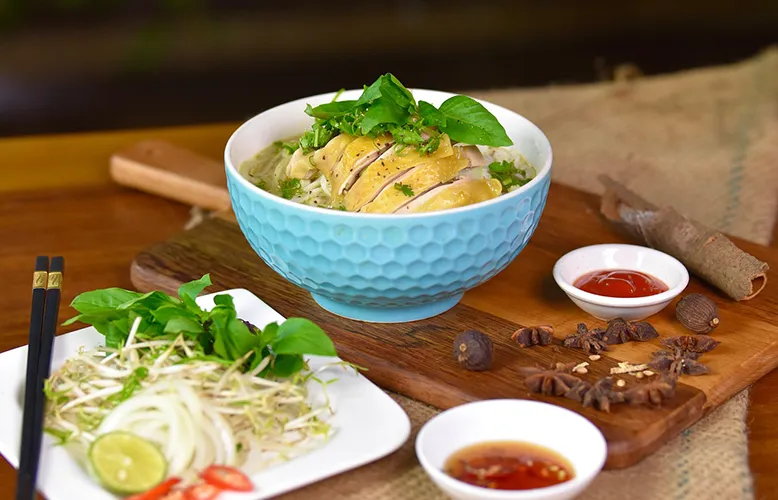
Germany
Germany’s street food scene is a hearty celebration of traditional flavors and regional specialties that reflect its rich culinary heritage. In bustling cities like Berlin, Munich and Hamburg, street food vendors offer a variety of savoury and satisfying treats that have become cultural icons. The world-famous currywurst, a sliced pork sausage drenched in a tangy curry ketchup sauce and typically served with crispy fries or a bread roll, is a must-try for any visitor.
Another staple is the döner kebab, brought to Germany by Turkish immigrants, which has become so popular it’s considered a national fast-food favorite. It’s a thinly sliced meat with fresh vegetables and flavourful sauces wrapped in warm pita bread. Pretzels, with their signature golden crust and soft, chewy interior, are often enjoyed on the go, sometimes paired with mustard or cheese dips.
For those seeking something heartier, bratwurst grilled over an open flame and served in a crusty bun with mustard provides a taste of classic German street fare. Seasonal markets and festivals further enrich the street food landscape with specialties like potato pancakes (Reibekuchen) and roasted chestnuts. After indulging in these rich flavors, many travelers enjoy unwinding with a bit of digital entertainment. Online casinos have become a popular pastime for visitors looking to relax after a day of food exploration, offering engaging games accessible from smartphones or tablets. Casino platforms provide an interactive way to enjoy leisure time, seamlessly blending with the modern traveller’s lifestyle. This integration of culinary delights and online entertainment highlights how Germany’s vibrant food culture and contemporary digital trends come together, making every visit both flavourful and fun.
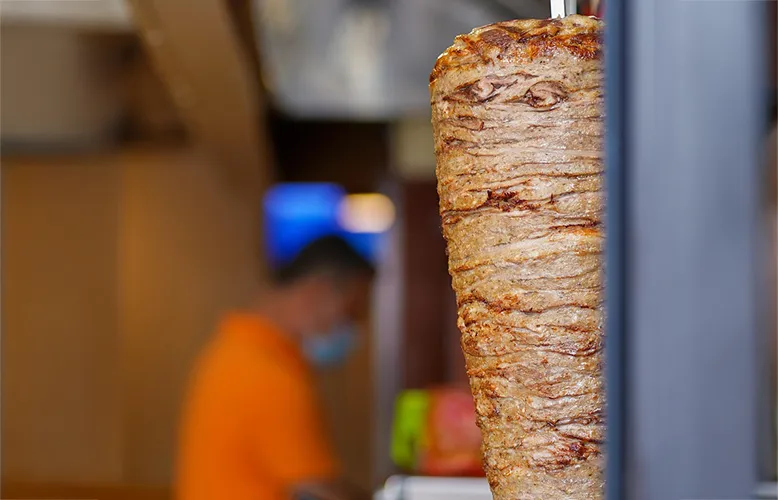
Final Thoughts
Exploring street food remains a fundamental part of travel. Countries such as Italy, India, Thailand, Mexico and Vietnam stand out for their exceptional street food culture and diversity. Meanwhile, casino platforms represent the modern integration of leisure and digital engagement for travelers and food lovers alike. Whether you are sampling pani puri in Delhi or tacos in Mexico City, you can unwind later with interactive online casino experiences. This shows how entertainment evolves alongside culinary adventures. This blend of traditional flavors and digital recreation illustrates how global tourism is adapting to meet diverse lifestyle preferences.
As travelers plan their itineraries, many now seek destinations that offer both immersive local cuisine and easy access to digital leisure. For example, enjoying a night market in Bangkok can be followed by a quiet evening engaging with virtual slot games or live blackjack from a mobile device.
The availability of Wi-Fi in cafes and food markets across the globe makes this seamless. This trend not only enhances the travel experience but also provides flexible downtime entertainment without compromising cultural exploration. Ultimately, street food and digital play are two sides of modern travel each offering flavors, excitement and connection in their own unique way.





